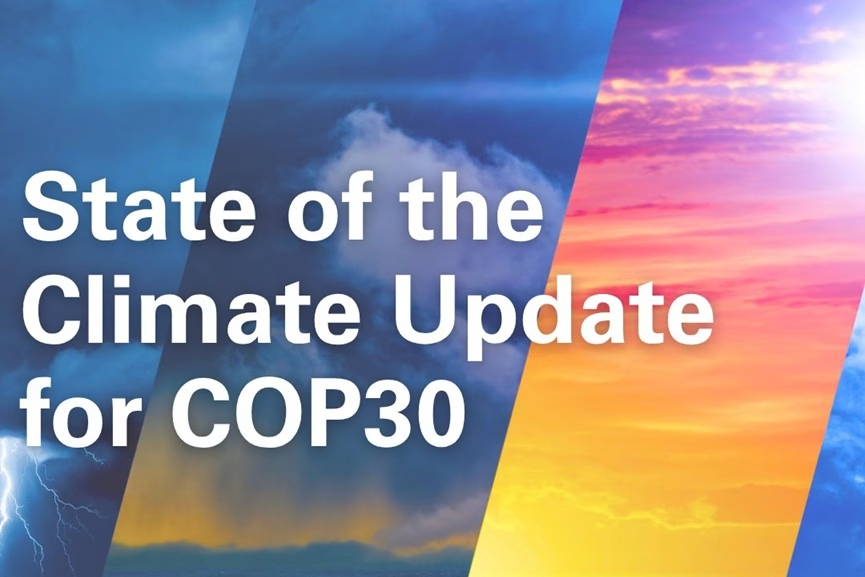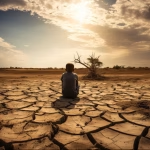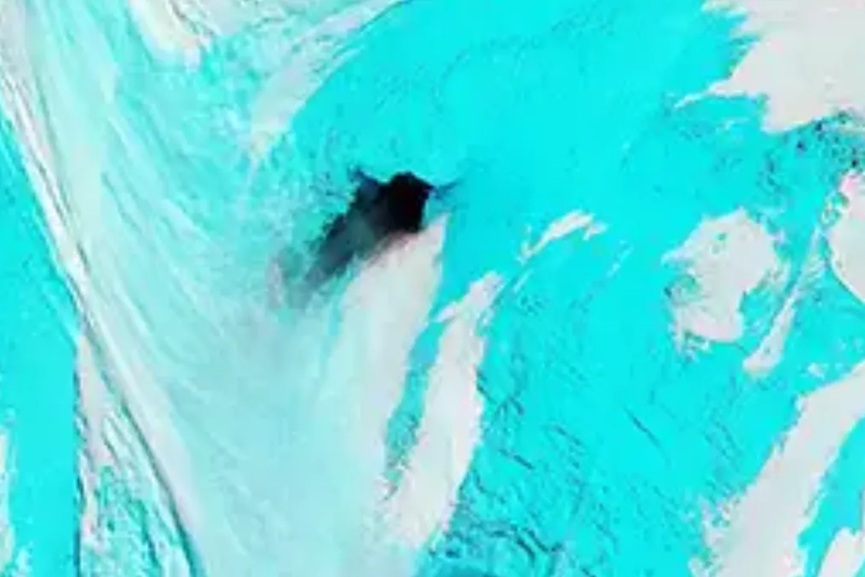Geneva: The United Nations has warned that the world is heading toward one of its hottest years ever recorded, deepening the climate crisis and risking what it calls ‘irreversible damage.’
A new report from the World Meteorological Organization (WMO), released ahead of next week’s COP30 climate summit in Brazil, says that 2023, 2024, and 2025 are on track to be the three hottest years in recorded history. This year could rank as the second or third warmest in 176 years of temperature data.
The WMO said that greenhouse gas levels have reached new highs, locking in more heat and pushing the planet closer to the limits set by the 2015 Paris Agreement. Each year from 2015 to 2025 has been among the 11 warmest ever recorded.
📣 #StateOfClimate Update 2025 is out now
🌡️ From January to August 2025, average temperature was +1.42°C hotter than pre-industrial level, on track to be second or third hottest year on record.
🔗 Press release: https://t.co/r9jotegXAq
🔗 Full report: https://t.co/jVRcamfwQY pic.twitter.com/0ywqOwM0jn
— World Meteorological Organization (@WMO) November 6, 2025
WMO Secretary-General Celeste Saulo said it is now virtually impossible to keep global warming below 1.5°C above pre-industrial levels in the near term, the key goal of the Paris accord. However, she added that it is still possible to bring temperatures back down to that level by the end of the century if urgent action is taken.
The report found that the average global temperature for the first eight months of 2025 was 1.42°C above pre-industrial levels. Ocean heat and greenhouse gas concentrations also reached record highs this year.
Another UN report this week said global greenhouse gas emissions rose by 2.3 percent last year, mainly driven by India, China, Russia, and Indonesia. UN Secretary-General António Guterres called the world’s inaction a moral failure as he opened the COP30 summit in Brazil. “Each year above 1.5 degrees will hammer economies, deepen inequalities and inflict irreversible damage,” he warned.
The hard truth is that the world has failed to ensure global warming remains below 1.5°C.
We need a paradigm shift to limit a temporary overshoot’s magnitude & duration & quickly drive it down. #COP30 pic.twitter.com/zl2zAXQcC3
— António Guterres (@antonioguterres) November 6, 2025
The WMO report also highlighted major environmental impacts. Arctic sea ice after the winter freeze hit its lowest level ever recorded, while Antarctic sea ice remained well below average. Around the world, extreme weather, from floods to droughts and wildfires, has caused widespread damage to lives, livelihoods, and food systems.
Still, there has been progress in early warning systems. The number of countries with such systems has more than doubled since 2015, from 56 to 119. But the WMO warned that 40 percent of countries still have no multi-hazard warning systems in place.
























